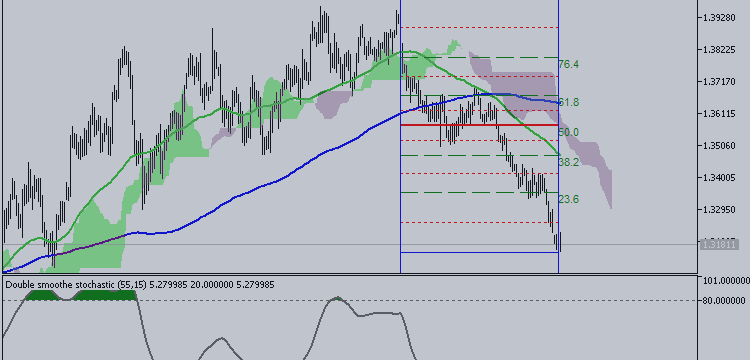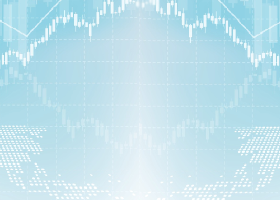
Why Moving Averages Are Popular

Moving averages are simple to use and can be effective in recognizing
trending, ranging, or corrective environments so that you can be better
positioned for the next move. Often traders will use more than one
moving average because two moving averages can be treated as a trend
trigger. In other words, when the shorter moving average crosses above
the slower moving average, like in the finger trap strategy, a buy
signal is generated until the moving averages reverse or you hit your
profit target.
One word of warning: it’s best to stick to a few specific moving
averages. This will prevent you from trying to find the “perfect moving
average” and rather keep you objective as to whether the trend is
starting, accelerating, or slowing down.
The moving averages are often used as 8, 21, 55 for trade triggers
and a 100 or 200 for a clean trend filter. These moving averages are
often used by investment banks however the 100 & 200 are the most
widely used. The shorter moving average will depend on your preference
and how many signals you’re looking to trade.
Who Uses Moving Averages
Moving Averages are often the first indicator that new traders are
introduced to and for good reason. It helps you to define the trend and
potential entries in the direction of the trend. However, moving
averages are also utilized by fund managers & investment banks in
their analysis to see if a market is nearing support or resistance or
potentially reversing after a significant period.
GBPUSD Traded Above the 200 DMA for 261 Days Showing Exhaustion

Moving averages can be a simple tool to define support and resistance in
the FX Market. When a market is in a strong trend, any bounce off a
moving average, like the first bounce off the 200-dma in the GBPUSD
chart above, can present a significant opportunity to join the trend
until price closes below the 200-dma. However, if price continues to
move above and below the moving average in a short period of time,
you’re likely in a range and those reversals are lest significant from a
trading point of view.
How You Can Use the Popular Moving Averages
There are many uses for moving averages but a simple system is to look
for a moving average cross over. The moving average crossover looks for
the short or faster moving average to cross above an already rising
longer or slow moving average as a buy signal. When looking to sell a
currency pair, you can look for the short or faster moving average to
cross below a falling longer or slow moving average as a sell signal.
AUDUSD Has Shown Clean Moves Around the 21 & 55-dma

When looking to use moving averages, you’re ability to control downside
risk will determine your success. It’s important to know that markets
that were once trending, with very clean moving average signals, to a
range with more noise than signals. If you can get comfortable with a
specific set of moving averages, you can objectively analyze and trade
the FX market week in and week out.


